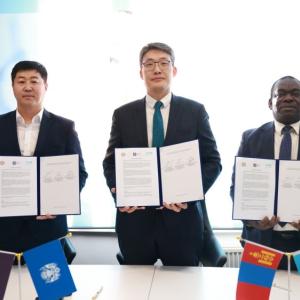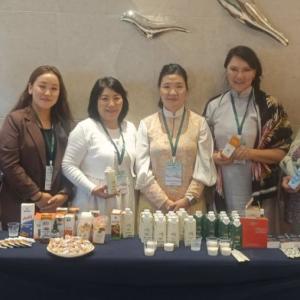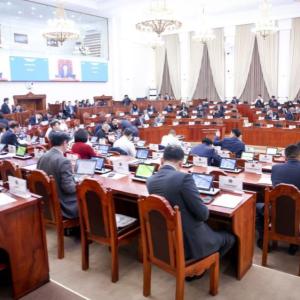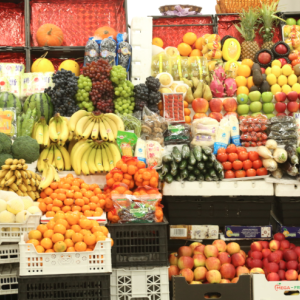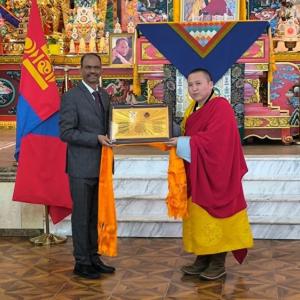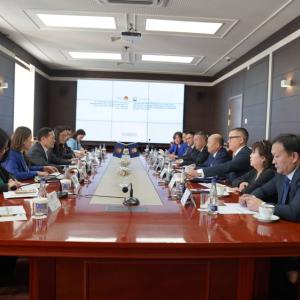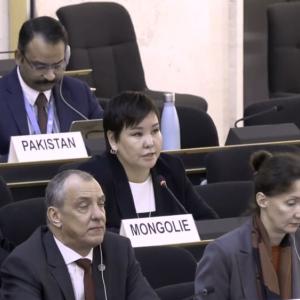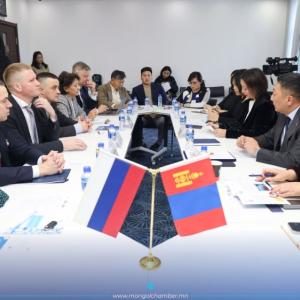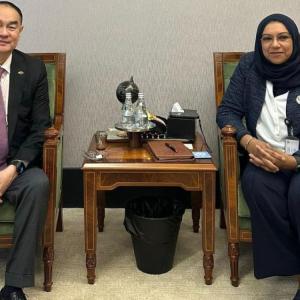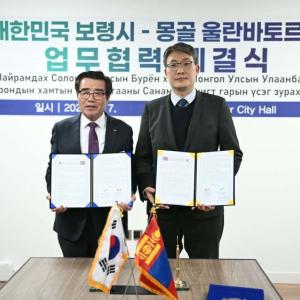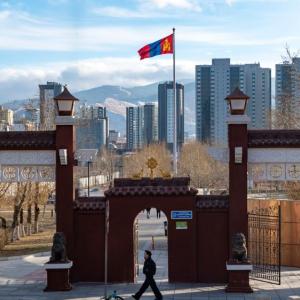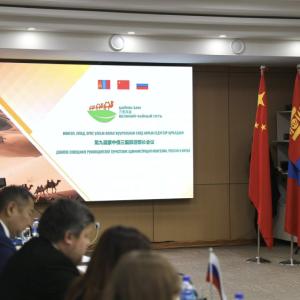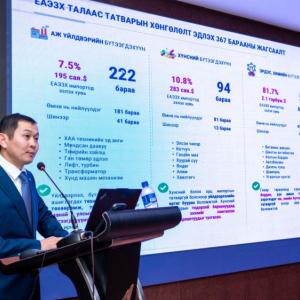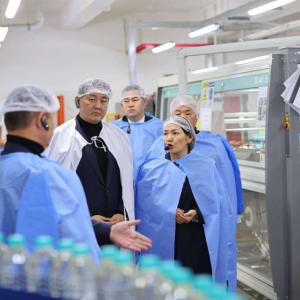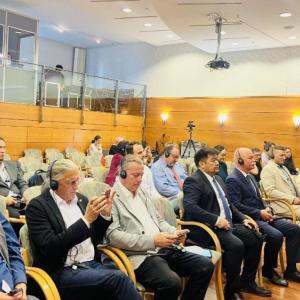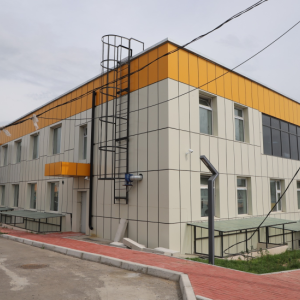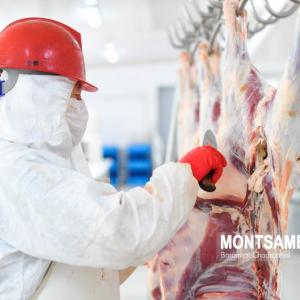Vinod Ahuja: The use of data in policy planning lacks in Mongolia
The Mongol Messenger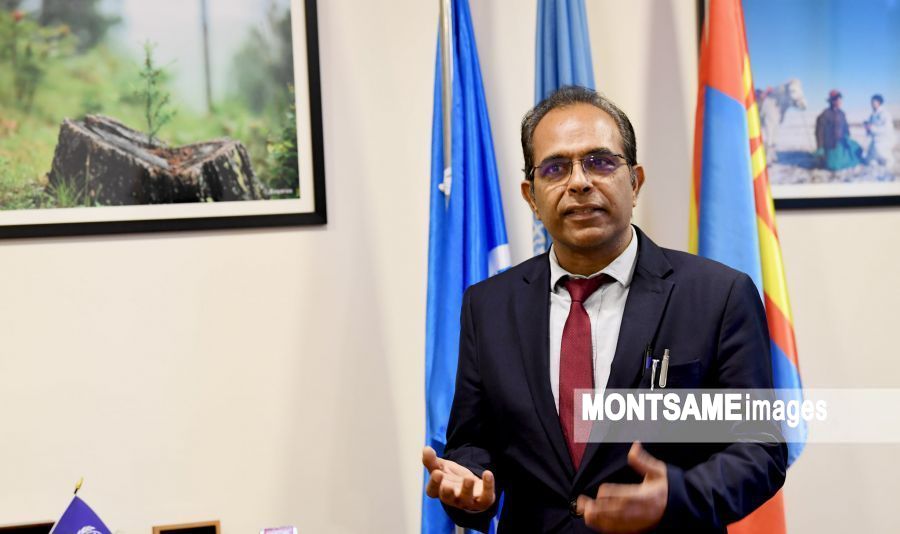
Ulaanbaatar / MONTSAME /. The 29th Session of the Asia and Pacific Commission on Agricultural Statistics (APCAS29) was held on November 22-25. The session was unique in that it discussed the international experience and innovative approaches to estimating quantitative information needed for policies and decisions on topics such as the environment, livestock, agriculture, forestry, fisheries, hunting, and food security. Resident Representative of the Food and Agriculture Organization of the United Nations (FAO) in Mongolia Vinod Ahuja spoke about the results and significance of the session.
-How
do you assess the significance of the recently organized APCAS29?
-First of all, I would like to express gratitude to the
Government of Mongolia and the National Statistics Office (NSO) for organizing
this session. At the APCAS29, the participating member countries presented
their statistics. Views were exchanged on the methods of statistics that are
used and introduced in the region. The participants also dug deeper into the
methods of collecting data and its challenges and weaknesses through
discussions. In doing so, it has the significance to provide the world with
unified statistical data. On the other hand, we gain a clearer picture of how
countries are progressing towards SDG targets. According to the latest
statistics, the countries are yet to reach SDG targets. Therefore, constantly
monitoring the progress made toward the SDG targets will help reshape the
programs and projects into more efficient ones.
According
to agricultural statisticians, what is the situation in Mongolia, and what are
the challenges?
-From my experience, I think that Mongolia's agricultural statistics and the capacity of the NSO are at a higher level. Of course, it is not possible to quantify the level of statistical development of countries. However, in terms of the NSO's data collection, compilation and reporting, it is in line with international standards and ranks high in the region. It is considered that agricultural statistics are relatively well developed in Mongolia. SDGs are quite different from agricultural statistics. Many industry indicators are studied and reported in a variety of ways. One of them is an indicator that determines the level of loss of food security. In Mongolia, there was no methodology for measuring SDGs. Our organization, in cooperation with the NSO, introduced this methodology and tested it for measuring household and human food security. Currently, this methodology is being used regularly, and the NSO includes this indicator frequently in its household surveys and reports.
-To
what extent do you think Mongolia uses statistics to make policy decisions on
agricultural development?
-Mongolian statistics can be classified into two categories. Mongolia is relatively good at using and reporting data. However, the analysis of the data and its use in policy planning lacks. To simply put, we know what is happening, but we are not good at using statistics to distinguish the root cause and determine the solution. I think there is still room for improvement.
-Many
activities are organized online amid the pandemic, starting from conferences.
Has there been a change in the collection and reporting of statistics?
-In general, it costs a lot to collect, analyze and report good data. In the last two years, given the situation, the use of technological advances increased at all stages. We have adapted to the current situation and got used to using innovative technology to collect and evaluate data without being onsite. In our case, the use of technology to obtain digital information without traveling has saved a lot of money and time. There is a need to reduce the cost of collecting and analyzing data, not just for our organization. Therefore, I am glad that this regional meeting has raised a lot of this issue.
-The
agricultural sector is directly related to food security. There is a growing
number of overweight children in Mongolia and dependence on imports for fruits
and vegetables. More than 300 delegates from 31 countries took part in the
conference, presenting their country's agricultural statistics. What is the
situation in other countries and how are they solving problems like ours? Can
you share the best practices of the participating countries?
-There are two main indicators of food safety. The first is malnutrition. In other words, the question is whether a person's daily caloric intake is sufficient. Second, food security. This is the concept that everyone should be provided with enough nutritious food. Depending on the price and other factors, if you choose the cheapest ones instead of the most nutritious ones, you are losing your food security. Thus, in Mongolia, loss of food security is high for 5 percent of the population, and it is lost in some way for 20 percent. At the same time, obesity has been increasing in recent years, not only among children but also among adults. Food has to be nutritious. The cause of obesity is the lack of nutrients. To solve this, first of all, we need to diversify people's diets. In particular, meat consumption has to be reduced and foods rich in nutrients have to be widely used. Therefore, the government and other organizations need to invest heavily in vegetable production. In addition, it is important to establish producers' groups and cooperatives.
It will be difficult to increase fruit production in Mongolia. However, there is a lot of potential in the vegetable sector. Our organization works closely with Food, Agriculture and Light Industry. In this context, we aim to increase vegetable production in the next 5-7 years. I think this will help diversify the Mongolian diet in the long run.
-What
projects are being implemented in Mongolia for the production of vegetables?
-As of now, we have not implemented any projects in this
area specifically. Currently, it is at the negotiation level or we are discussing
the model and methodology for implementing the project and program. In the past,
the Swiss Agency for Development and Cooperation (SDC) has implemented a number
of projects in the vegetable sector. As a result, Mongolia is a 100 percent
domestic supplier of tubers, such as potatoes and carrots. I am glad that the
decision-makers have a clear understanding of the need to increase vegetable
production. However, there is a lot to be done to intensify this, which is why
we are aiming to implement many projects and programs in this direction. Increasing
vegetable production raises the issue of good quality seeds in addition to
cultivation. There are a number of policy issues at the seed level, such as
laws and regulations. We are working with SDC to improve the legal environment
for vegetable seeds.
 Ulaanbaatar
Ulaanbaatar










